Early on a misty Irish morning, I embarked on my journey of London cultural exploration, departing from Dublin Airport for London Gatwick Airport. With a well-orchestrated flight and a smooth rail connection from Gatwick to London Victoria Rail Station, I found myself in the city’s heart with excitement and anticipation. Upon arrival at Victoria Station, I promptly dropped off my overnight bag in the left luggage, a small detail allowing me the freedom to explore the city unhindered. The adventure began with a mid-morning coffee with my affable tour guide, Erike, who greeted me warmly and promised an unforgettable visit exploring London.
Our first stop was the iconic St Paul’s Cathedral, a grand testament to London’s rich history. The English Baroque-style cathedral, designed by Sir Christopher Wren, has stood tall since the late 17th century. St Paul’s most striking feature, its dome, is an enduring symbol of London. As one of the largest cathedral domes in the world, it stands 365 feet tall and is decorated with mosaics depicting scenes from the life of St Paul.
Entering the Cathedral, visitors are greeted by the immense and beautifully decorated Nave. This large open space has hosted numerous significant religious events, such as Winston Churchill’s funeral and the wedding of Prince Charles and Lady Diana Spencer, to name but a few
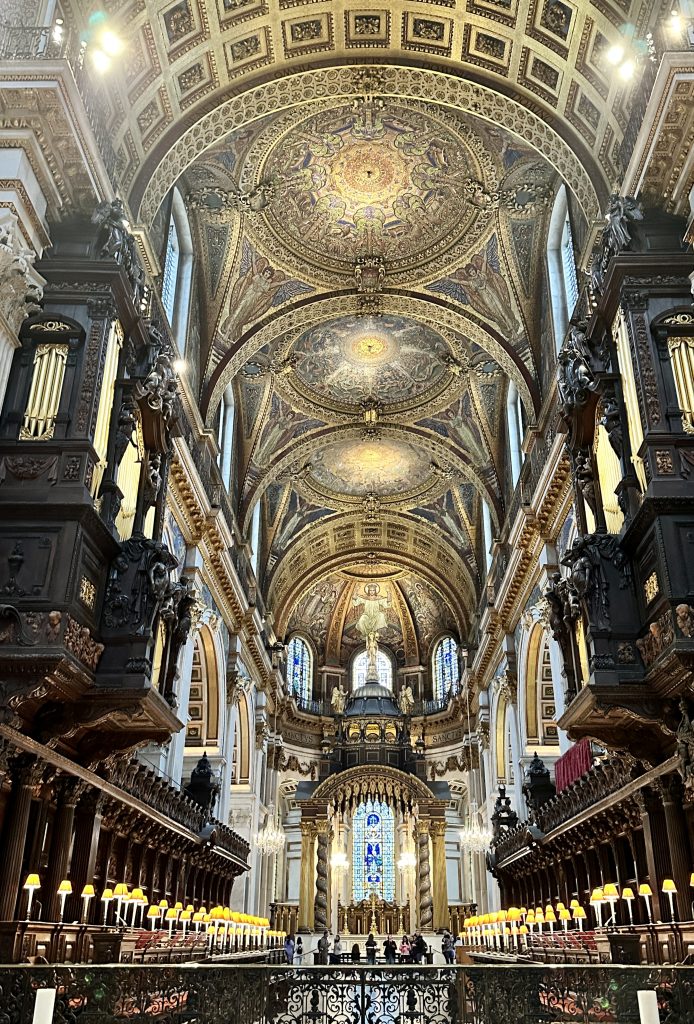
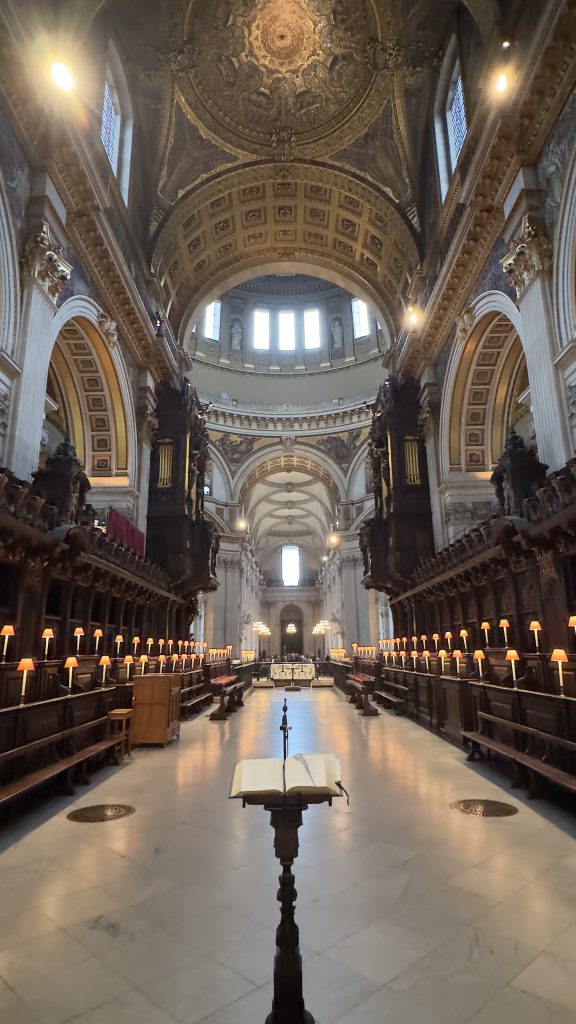
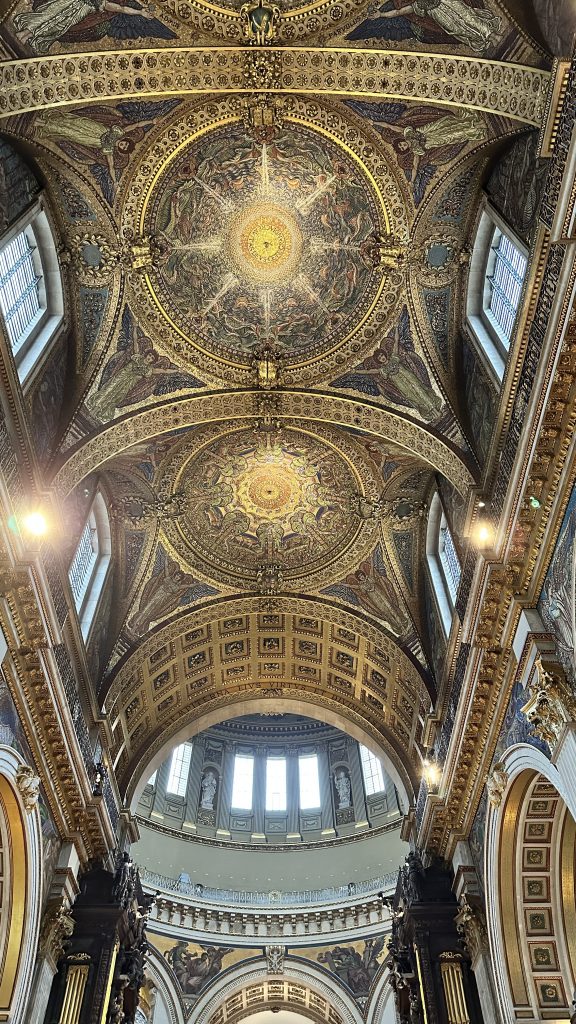
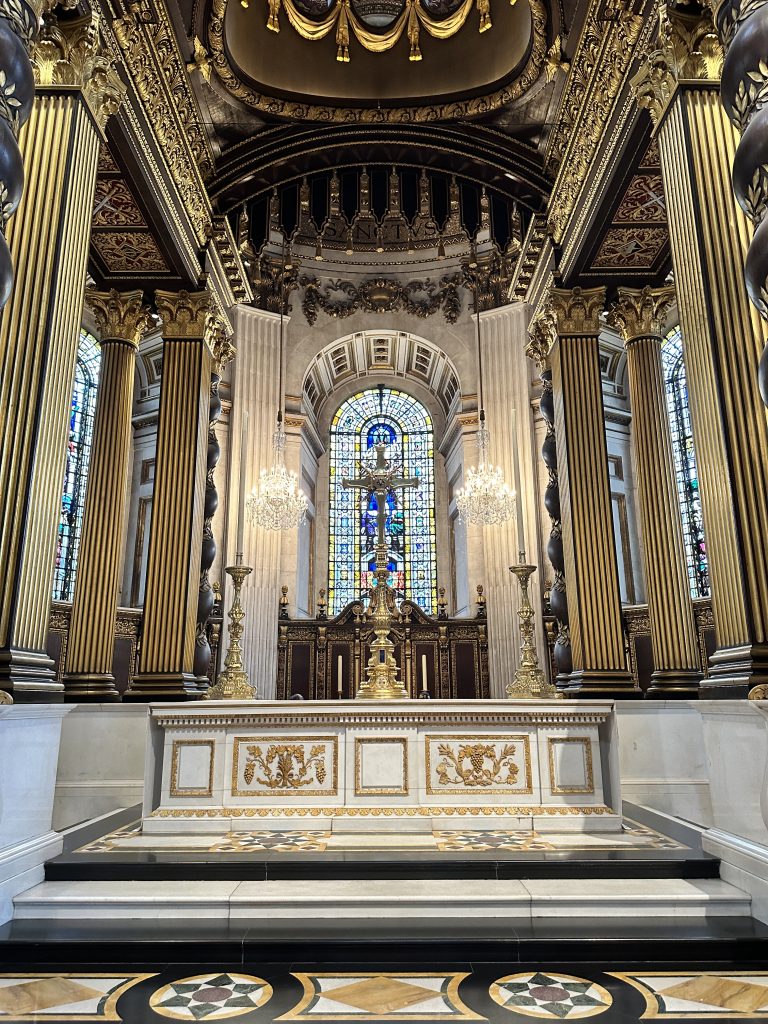
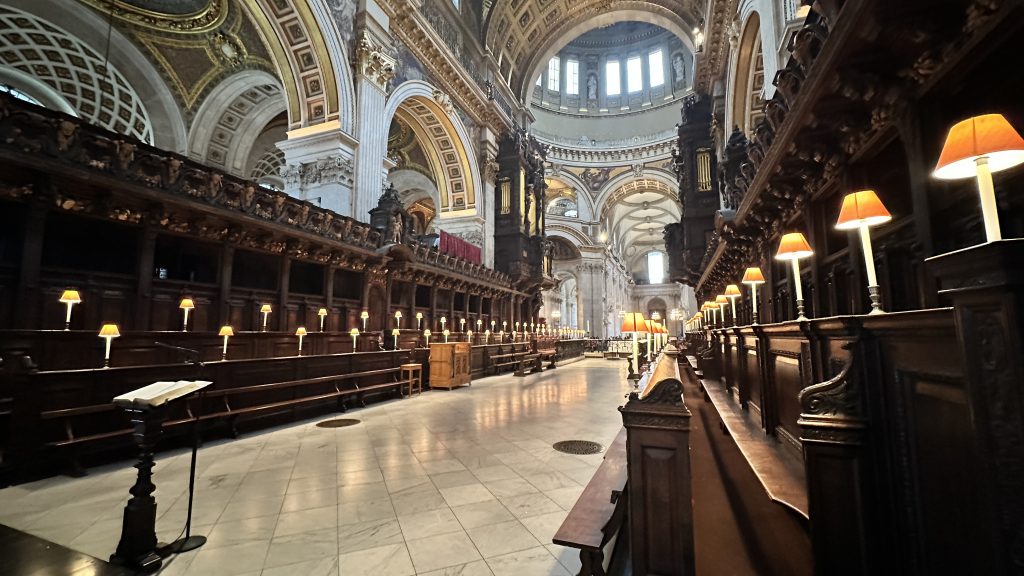
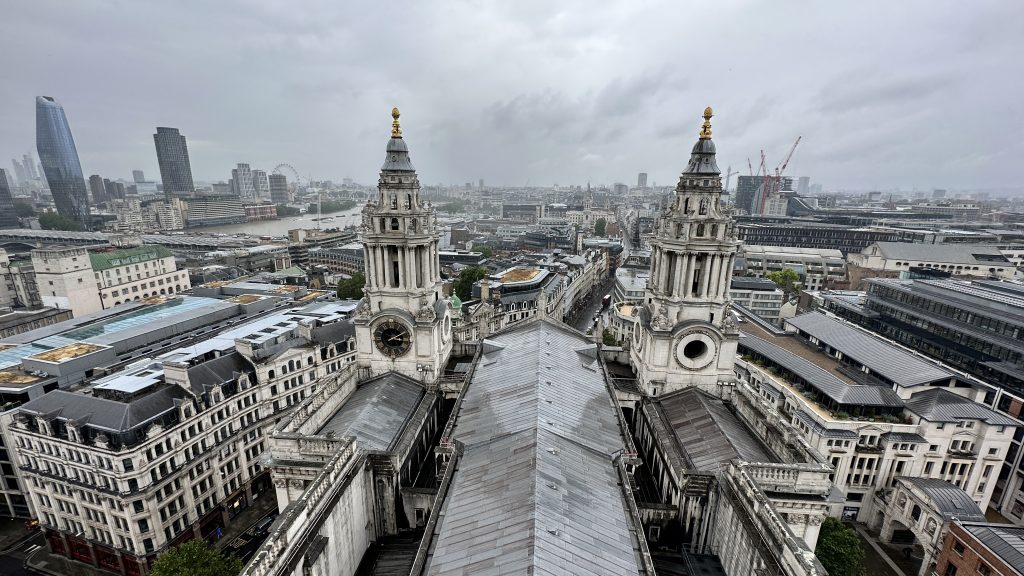
The Quire is an artistic masterpiece where the clergy and choir sit during services. Its ornate woodwork, carved by the famous Grinling Gibbons, and the stunning geometric patterns on the floor form a harmonious blend of aesthetics. St Paul’s has a magnificent organ, one of the largest in Europe. Its grandeur, appearance and sound are experienced during regular recitals and daily services. St Paul’s has several chapels, each with its significance. The Chapel of St. Michael and St. George commemorates military orders, while the American Memorial Chapel honours the American service members who died in WWII. The serenity of these chapels provides visitors with a space for quiet contemplation.
The Cathedral’s interior is adorned with monuments, sculptures, and paintings. Victorian artist William Holman Hunt’s painting “Light of the World” and Francis Bird’s marble relief “The Conversion of St Paul” are notable highlights. Visitors can climb to the Whispering Gallery, which offers a unique acoustic effect and a breathtaking view inside the Cathedral. Further up, the Stone and Golden Galleries provide panoramic views of the London skyline. The crypt, extending the entire length of the Cathedral, is a place of reflection and memory. It houses over 200 memorials and numerous tombs of historical figures, including Lord Nelson, the Duke of Wellington, and the Cathedral’s architect, Sir Christopher Wren. Visitors can participate in daily worship, including prayers, hymns, and readings (free entry).
After a coffee and scone at PAUL St Pauls and time to reflect on the visit to the Cathedral, we embarked on a scenic walk across the River Thames on the Millennium Bridge. This steel suspension bridge, gracefully connecting the Cathedral to the Tate Modern, offered picturesque views and a pleasant breeze.
The Tate Modern, located alongside the banks of the River Thames, is a hub of contemporary art, showcasing a diverse collection from renowned artists across the globe. The building, formerly the Bankside Power Station, has been brilliantly adapted by architects Herzog & de Meuron. Its industrial character has been preserved and juxtaposed with sleek, modern elements. The turbine hall, once home to the power station’s turbines, now serves as a dramatic entry space for large-scale art installations. The works created for this space have often been daring and thought-provoking, providing unforgettable experiences.
Tate Modern’s collection is renowned for its diversity and breadth, featuring works from the 20th century to the present. With pieces from artists such as Picasso, Warhol, Hockney, and Dalí, the collection represents major movements like Surrealism, Abstract Expressionism, Pop Art, and more. The museum’s spacious galleries are spread across several floors, hosting permanent exhibitions and temporary shows. Tate Modern is committed to making art accessible to all. The museum offers guided tours, workshops, and interactive exhibits to engage visitors of all ages. Families can enjoy dedicated activities and areas designed to inspire creativity.
Unlike traditional Western-centric museums, Tate Modern emphasizes global art, with artists from Africa, Asia, the Middle East, and South America. This approach fosters a rich dialogue across cultures and artistic traditions. In 2016, Tate Modern expanded with the addition of the Blavatnik Building, enhancing the museum’s capacity to display a broader range of artworks and engage with new forms of contemporary visual culture. Tate Modern is not confined to visual arts alone. It often becomes a platform for performance art, film screenings, and interdisciplinary projects, bridging various forms of expression. Whether you are an art enthusiast or a curious explorer, Tate Modern is an excellent place to explore, especially when the weather is cold or raining outside.
After retrieving my bag from left luggage, a traditional British pub experience awaited at The Betjeman Arms in St Pancras International Station. The station’s facade, designed by architect George Gilbert Scott, was completed in 1868 and is characterized by its red-brick exterior, adorned with intricate stone detailing. Its most stunning feature is the international train station, with a massive single-span iron and glass arched roof engineered by William Henry Barlow. When constructed, this engineering marvel was the largest of its kind and still inspires awe today. In the 2000s, the station underwent a significant restoration to preserve its original character and integrate contemporary design elements, such as the new extension for the Eurostar terminal. St Pancras International Station is more than a gateway to London; it’s a symbol of architectural innovation and a tribute to the craftsmanship of a bygone era.
The evening meal and drink at St Pancras International Station set the tone for a cosy stay at the Modern & Chic One-Bedroom Apartment on Great Titchfield Street. (Link to a video tour of the apartment).
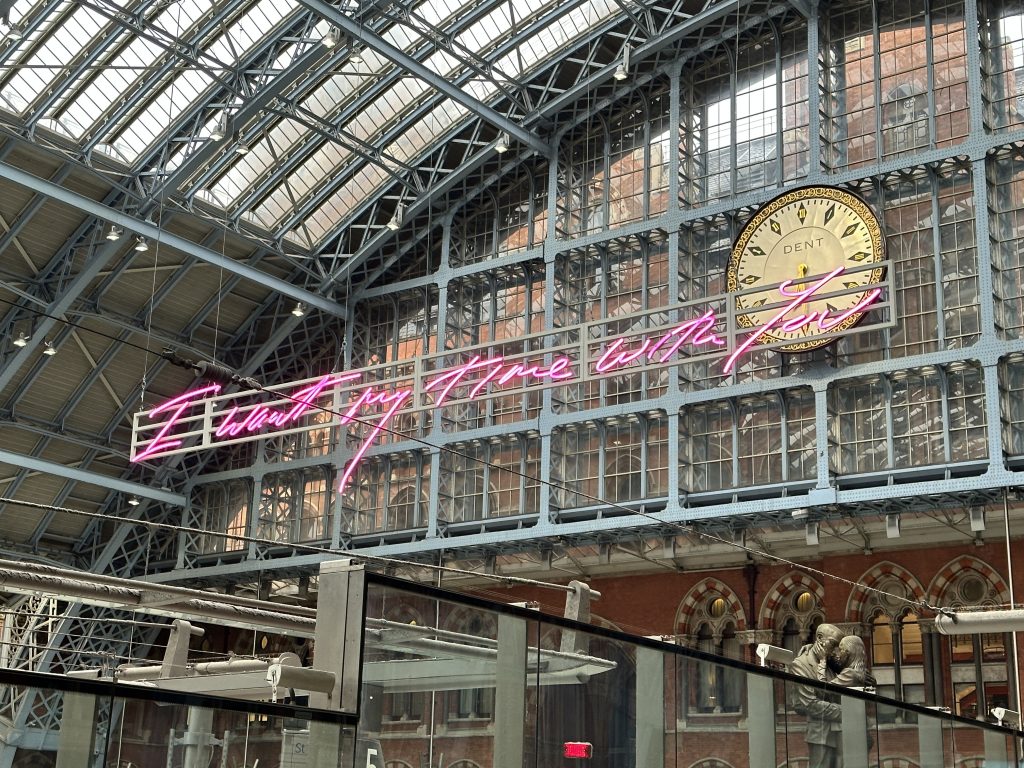
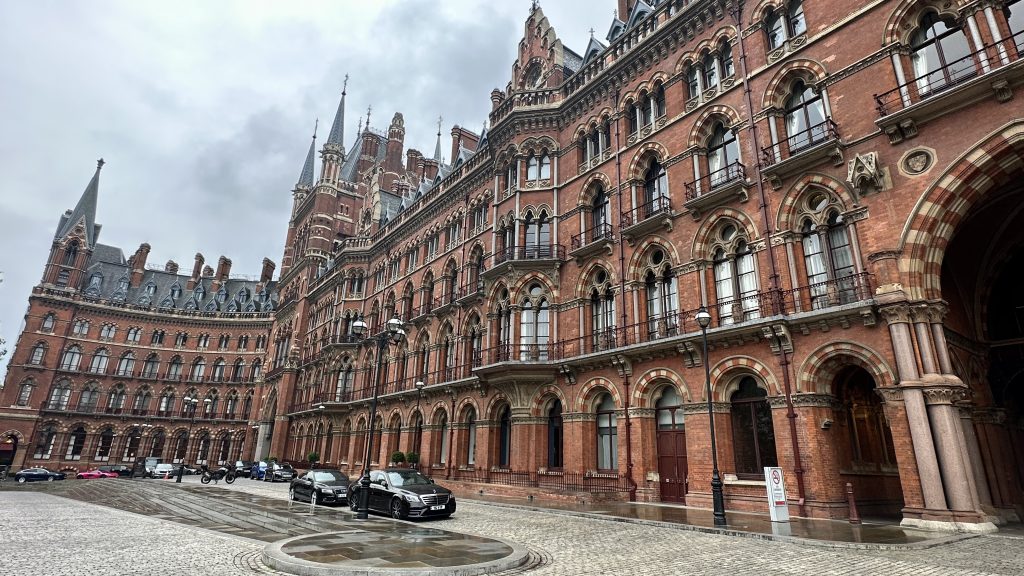
Day two began at Riding House Fitzrovia Cafe, where a delicious breakfast of oak-smoked salmon Royale prepared me for another exciting day in London. Taking a bus ride to the Tate Modern rather than the underground tube was not just a mode of transportation but an opportunity to observe London’s busy streets and historical landmarks from the upper deck.
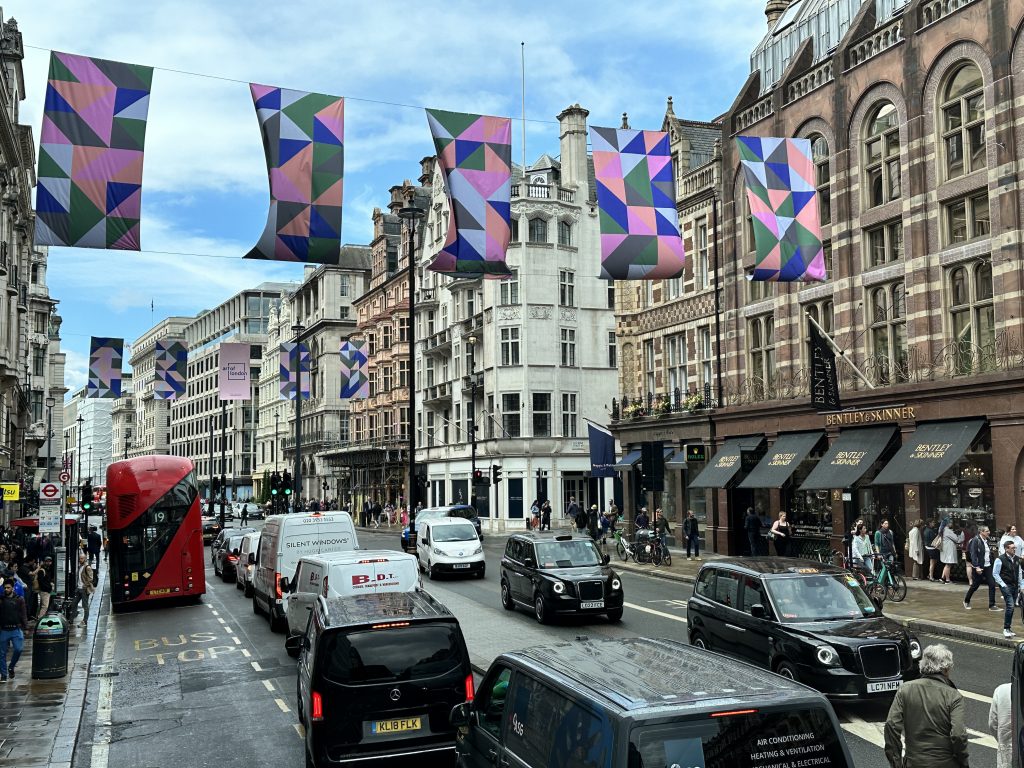
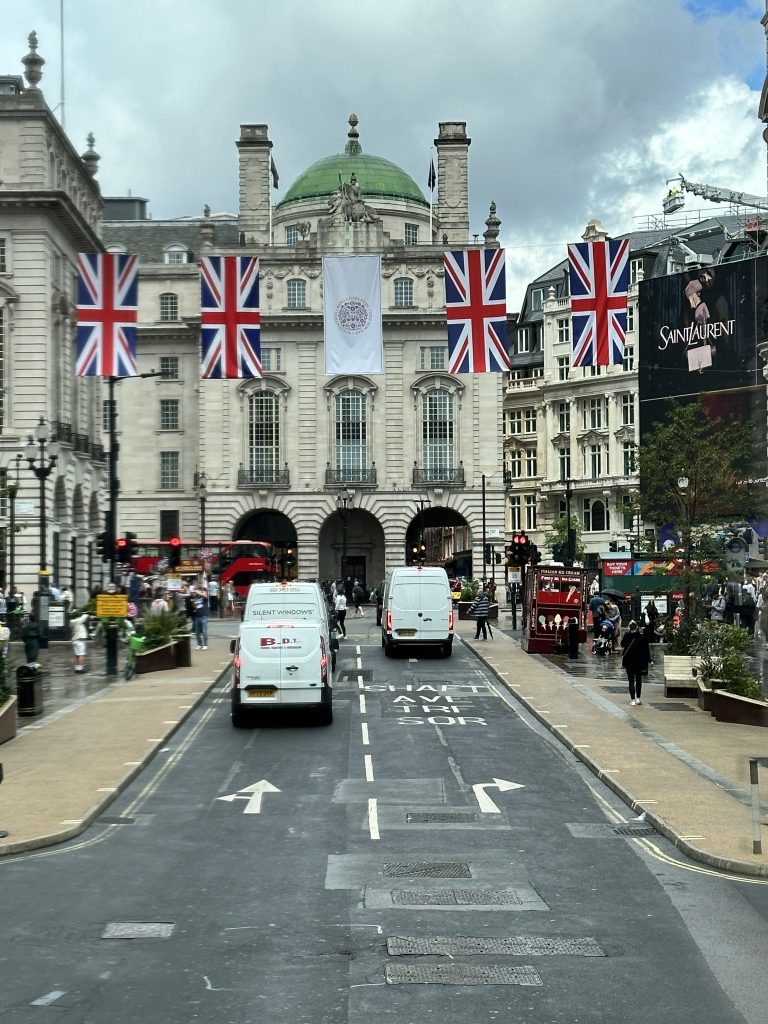
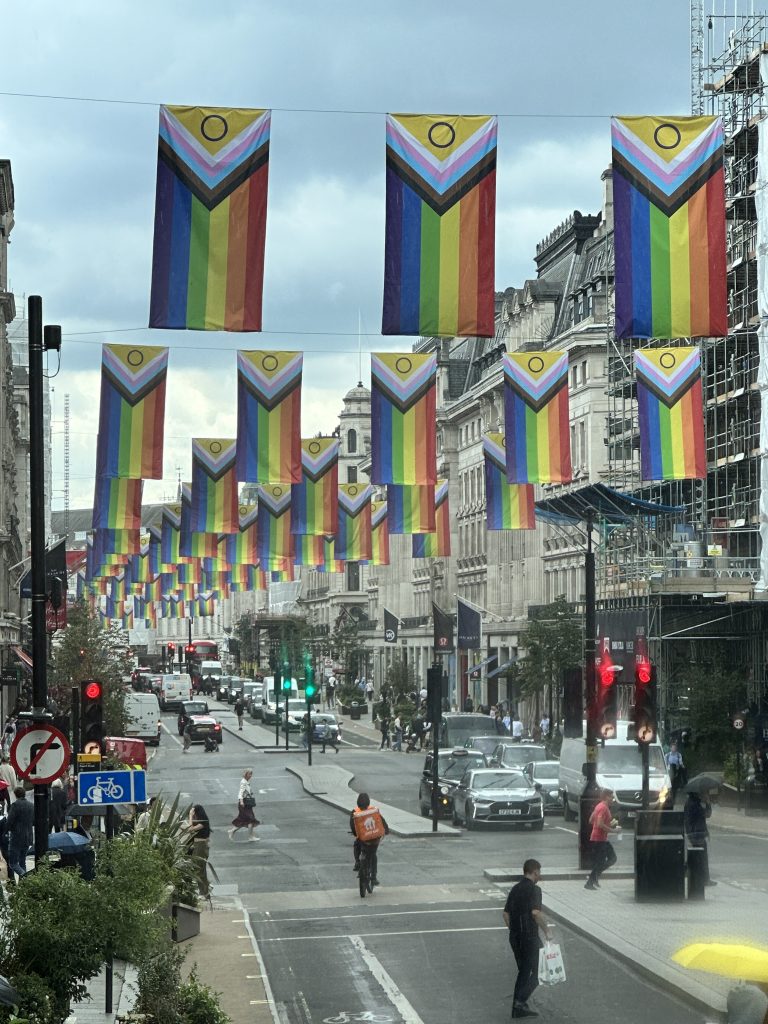
Tate Britain on the banks of the River Thames in Millbank, London, is the oldest gallery in the Tate network. It provides an in-depth journey into British art from the Tudor period to today. Founded in 1897 as the National Gallery of British Art, the institution’s roots trace back to the sugar magnate Henry Tate’s philanthropic vision. His donation of a vast art collection to the nation provided the foundation for what would later be renamed Tate Britain in 2000. The architecture of Tate Britain is a blend of the neoclassical and the modern. While the original building exudes Victorian grandeur, subsequent extensions and renovations, including the striking rotunda and the Clore Gallery, harmoniously integrate contemporary elements.
The core of Tate Britain lies in its unparalleled collection of British art. Every room unravels a chapter of British history, from the stately portraits of the Tudor and Jacobean periods to the vibrant modern and contemporary art pieces. The gallery prides itself on housing the world’s most comprehensive collection of works by J.M.W. Turner, made possible by the artist’s bequest to the nation. Housing over 300 oil paintings and thousands of sketches and watercolours, these works span Turner’s entire career, showcasing his evolving style and mastery over light and colour. Highlights of the collection include some of Turner’s most famous pieces, such as “The Fighting Temeraire” and “Rain, Steam and Speed – The Great Western Railway.” Visitors can explore thematic galleries dedicated to specific periods or subjects within Turner’s oeuvre.
The Clore Gallery, designed to display Turner’s works, provides a fitting setting for these masterpieces, with natural light enhancing their ethereal qualities. This collection at Tate Britain represents the essence of British Romanticism and is a must-visit for art enthusiasts worldwide.
While paintings dominate the collection, Tate Britain also boasts many sculptures, prints, drawings, and photographs. This variety ensures a comprehensive exploration of diverse artistic mediums and techniques. The Turner Prize, one of the most prestigious (and sometimes controversial) contemporary art awards, the Turner Prize, is presented annually at Tate Britain. Since its inception in 1984, it has become a focal point for discussions about contemporary British art’s direction.
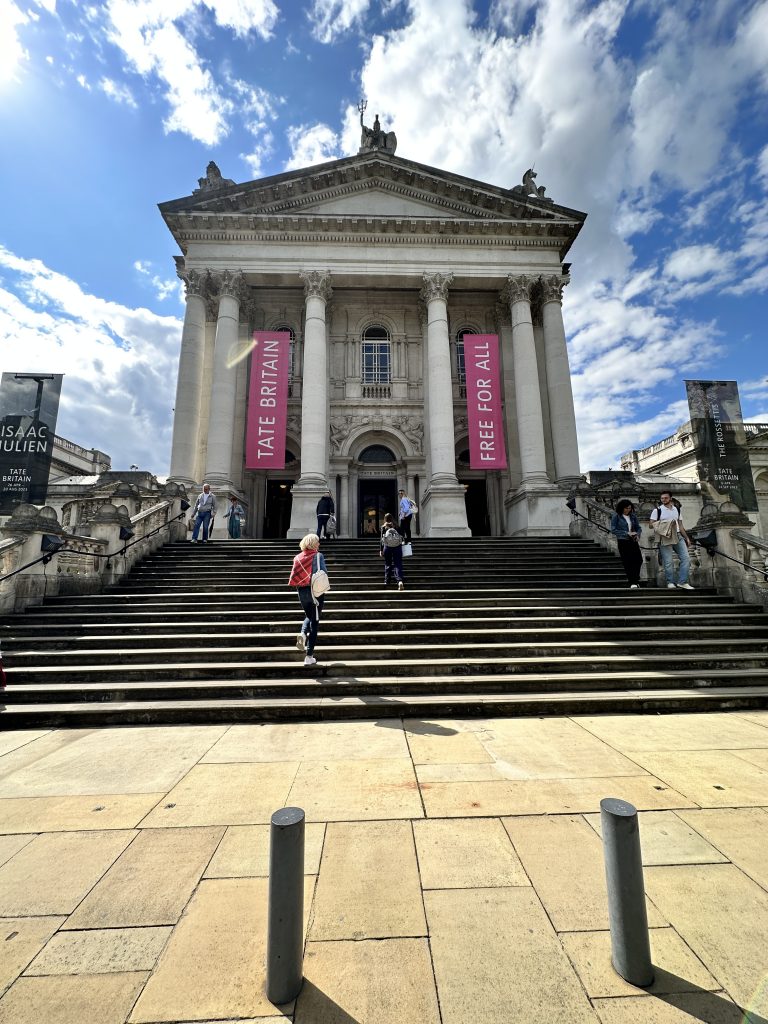
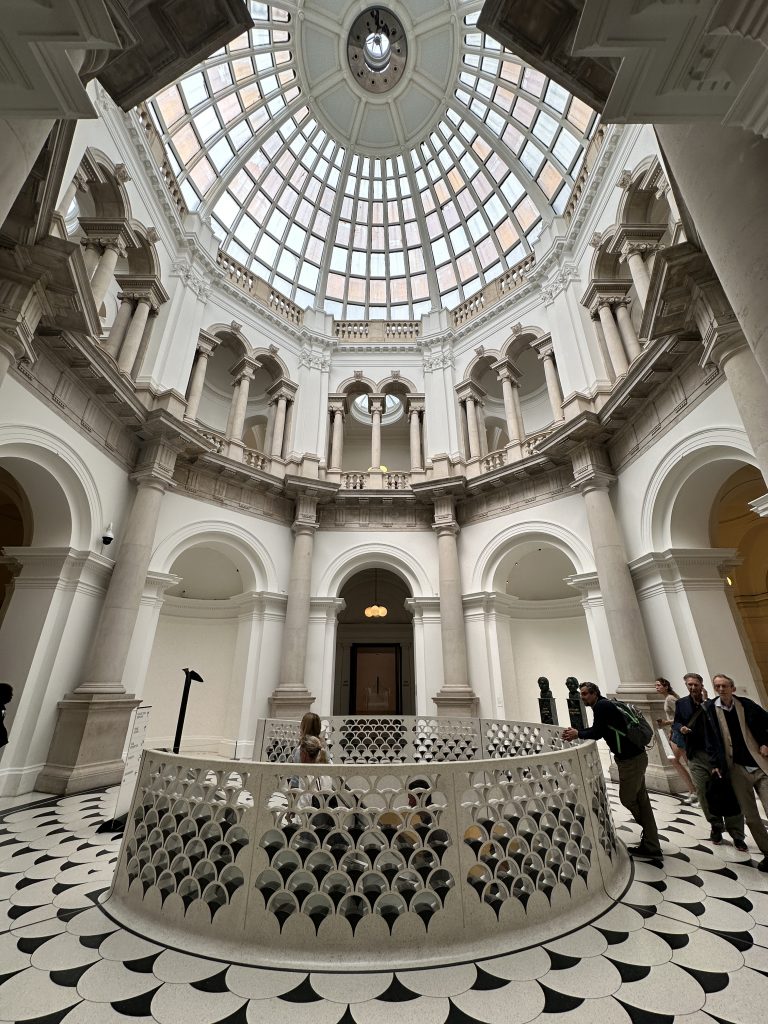
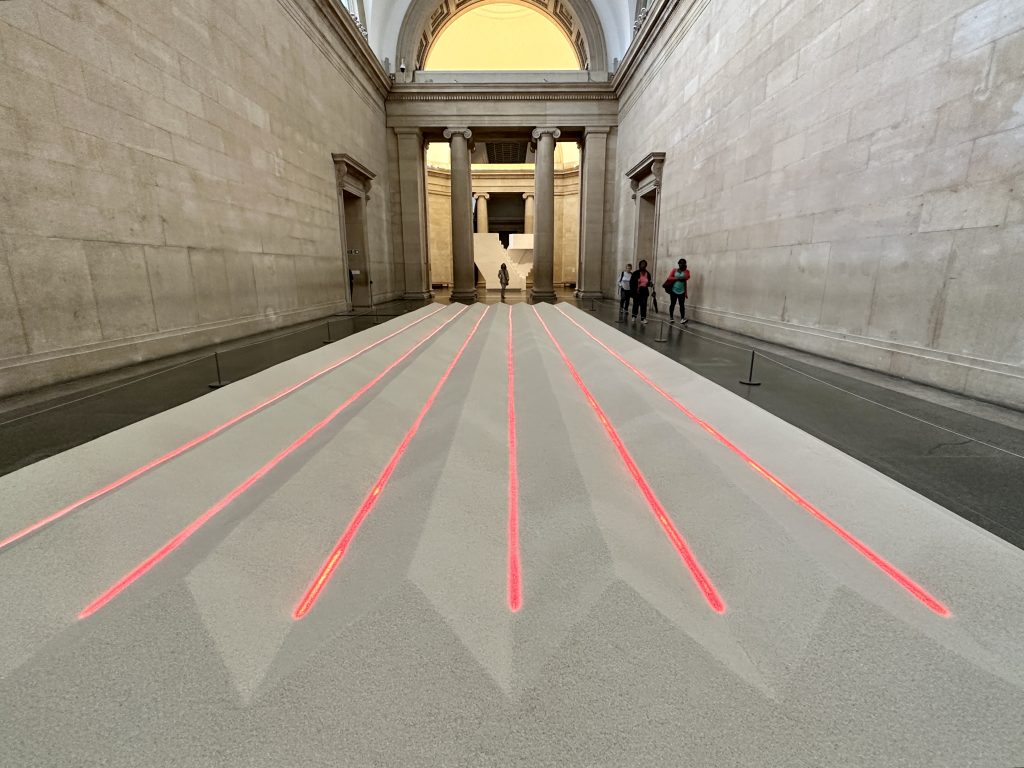
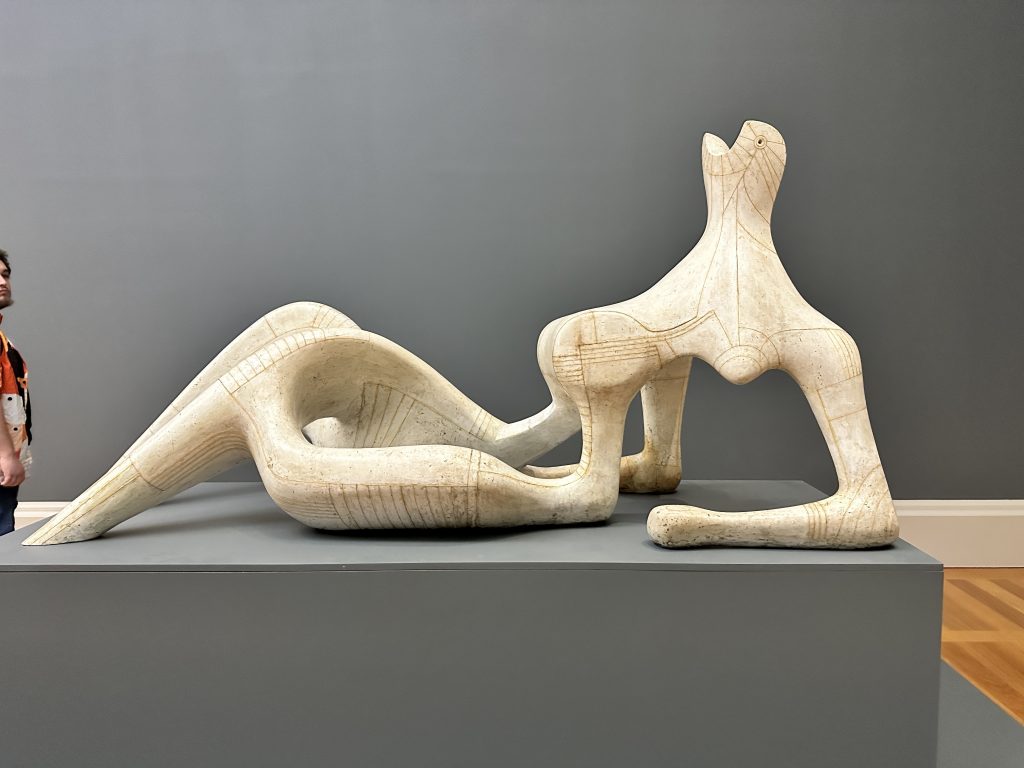
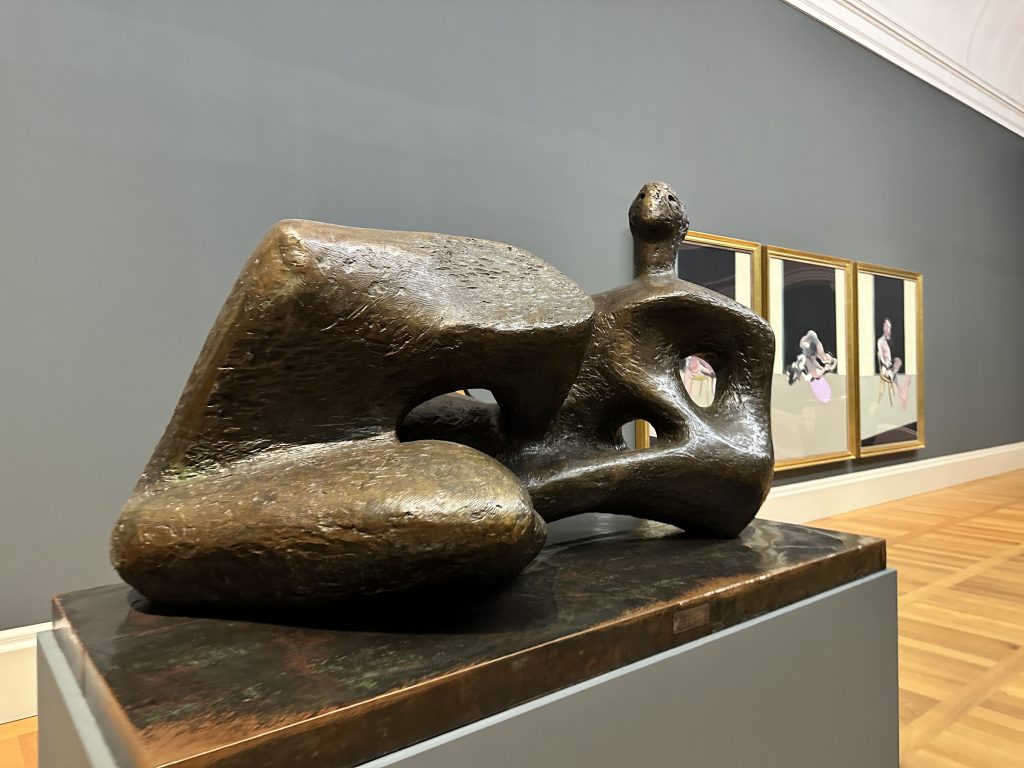
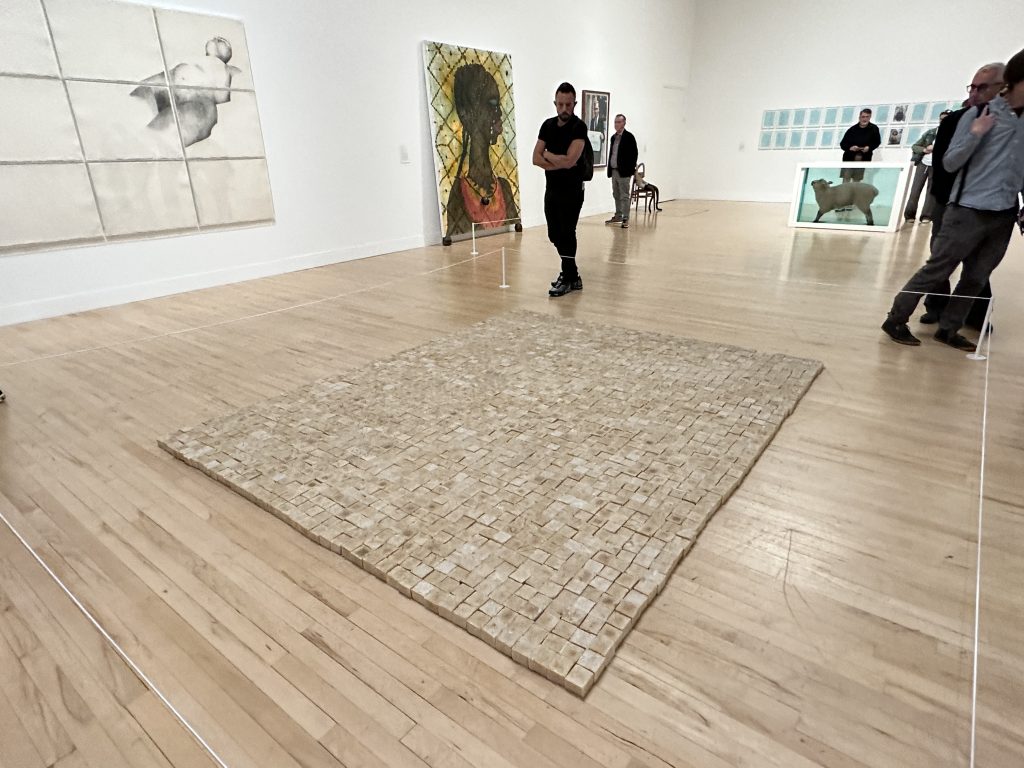
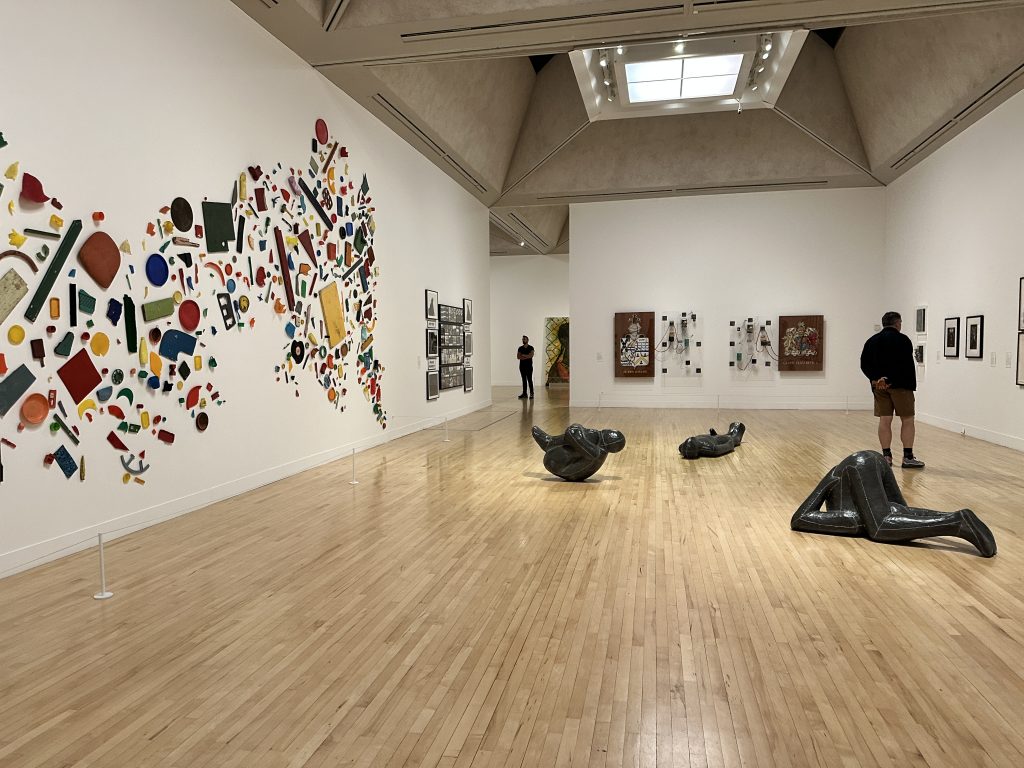
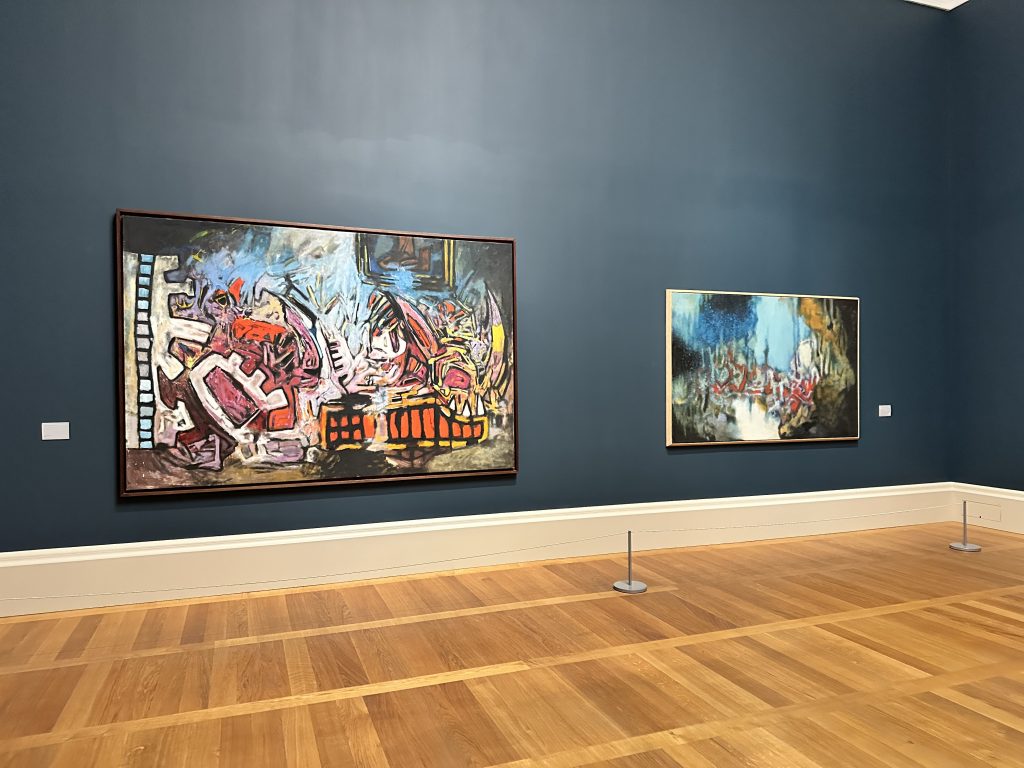
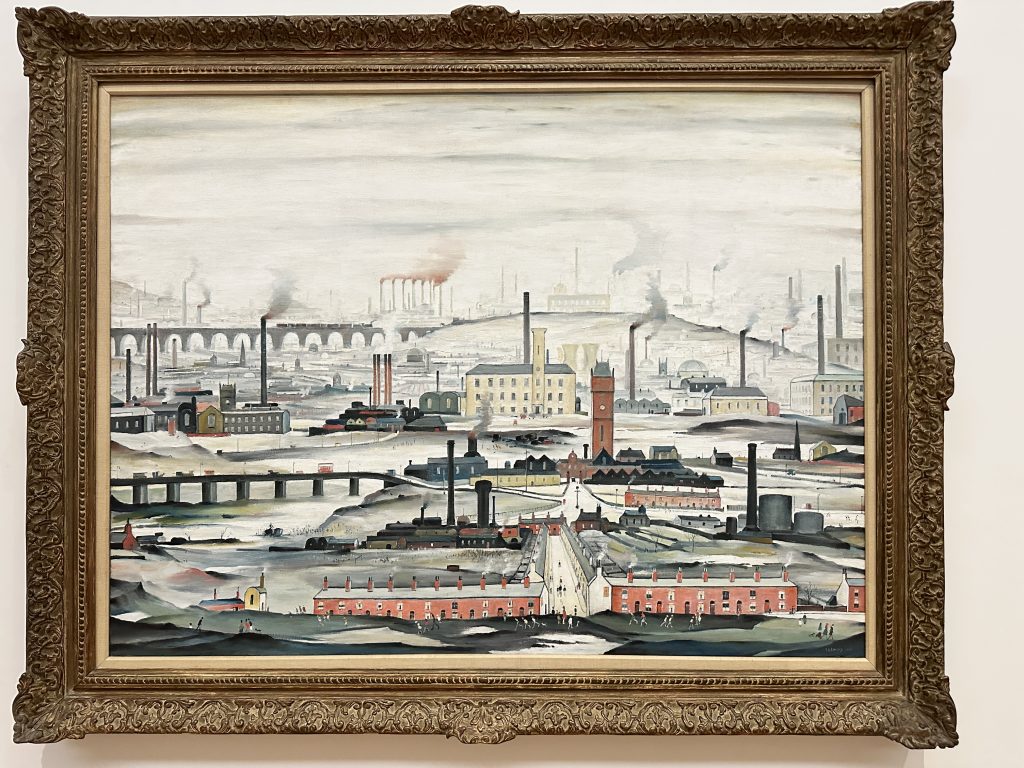
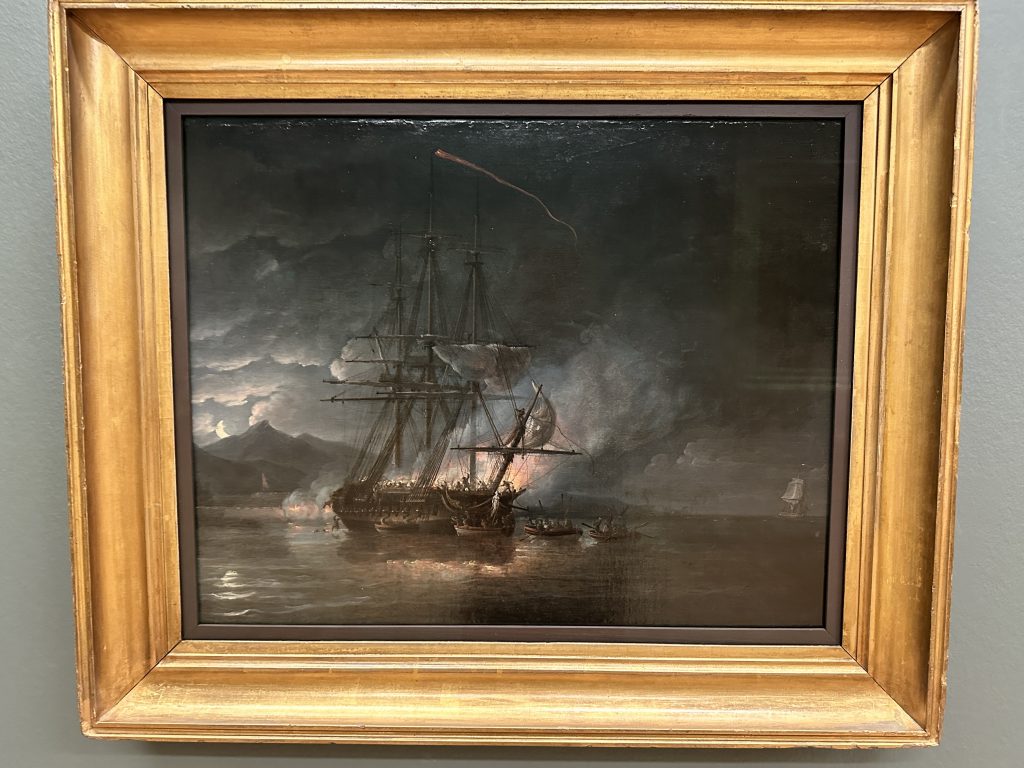
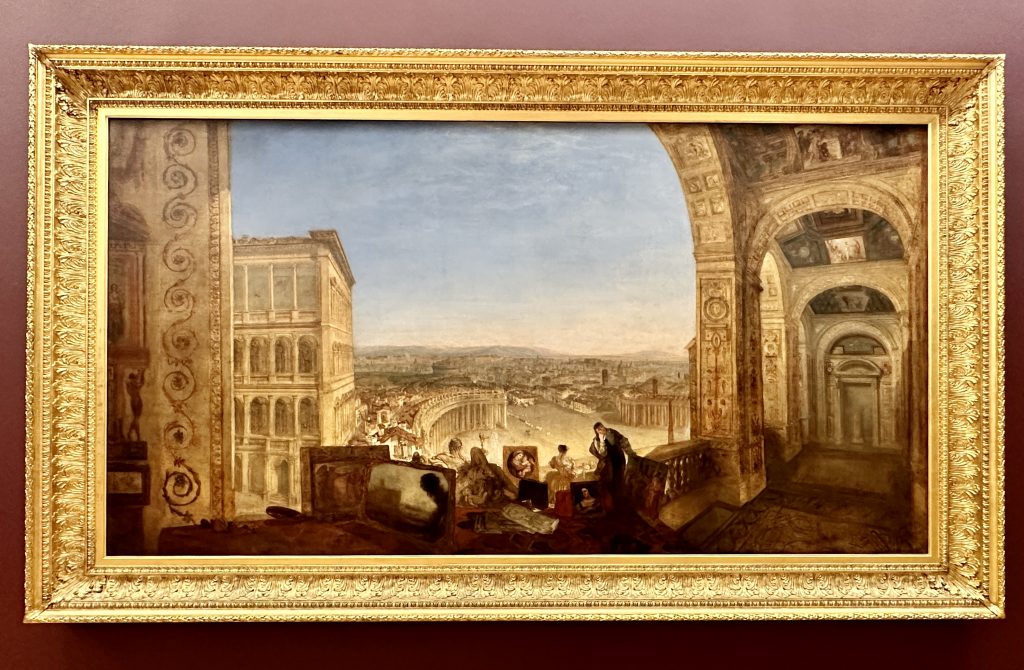
Returning to central London and Trafalgar Square was a chance to soak up the local ambience that embodies the spirit of London, where history, art, and social life converge. Named to commemorate the Battle of Trafalgar, Nelson’s Column dominates the square, honouring Admiral Horatio Nelson. Flanked by majestic fountains and guarded by four bronze lions, the column stands as a focal point. Surrounding the square, the National Gallery and St Martin-in-the-Fields add to its cultural significance. The Silver Cross Pub on Whitehall energized me with a beer and fish and chips for what was to come.
The evening performance of ‘Phantom of the Opera’ at His Majesty’s Theatre was the highlight of my trip. This iconic musical, composed by Andrew Lloyd Webber, unfolds a tale of love, passion, and mystery. Set in the Paris Opera House, the haunting melodies and mesmerizing performances by the cast are sure to leave anyone spellbound. The timeless story and breathtaking sets and costumes create an unforgettable theatrical experience. You can book direct on the website https://uk.thephantomoftheopera.com/ or ask your travel agent to book on your behalf and get the best seats for your budget. The evening ended with a late-night drink at the Crown & Sceptre, a classic British pub with a mosaic around the foot of the bar.
Breakfast at Riding House Fitzrovia with Erike marked the beginning of the final day – some shopping on Oxford Street before returning to the cultural trail.
Westminster Abbey is a treasure trove of British history. With over a thousand years of existence, it has witnessed the coronation of monarchs and hosted numerous royal weddings. The Gothic architecture, impressive chapels, and tombs of historical figures make this a must-visit attraction. Pre-booking is essential to navigate large crowds.
Stepping into the abbey is akin to traversing through time. Founded in 960 AD, the church has witnessed numerous coronations, royal weddings, and funerals. The ornate, vaulted ceilings and intricate stained glass windows are a testament to the exquisite craftsmanship of ages past. The Poets’ Corner, a renowned part of the abbey, pays homage to literary greats such as Geoffrey Chaucer, Charles Dickens, and Rudyard Kipling. Even those not versed in British literature can appreciate the monumental contributions to the academic world immortalized in stone.
A guided tour reveals the hidden gems of the abbey, from the beautiful Lady Chapel with its delicate fan vaulting to the more austere and equally impressive Cloisters. The knowledgeable and enthusiastic guides narrate the rich history with a flair that brings the past alive. Visitors can find the resting places of Sir Isaac Newton, Charles Darwin, and seventeen British monarchs among the myriad of tombs and memorials. Each of these monuments is not just a remembrance but a piece of art in itself, adding to the multifaceted appeal of the abbey. Westminster Abbey is not merely a tourist attraction; it’s a historical, cultural, and spiritual anchor of London.
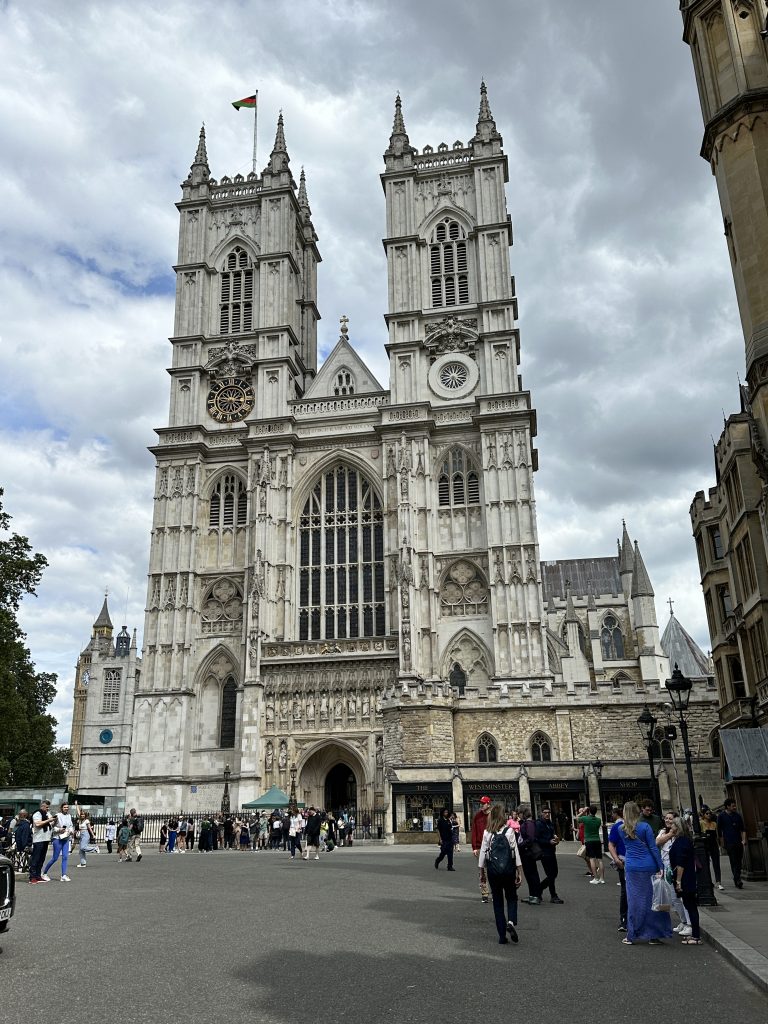
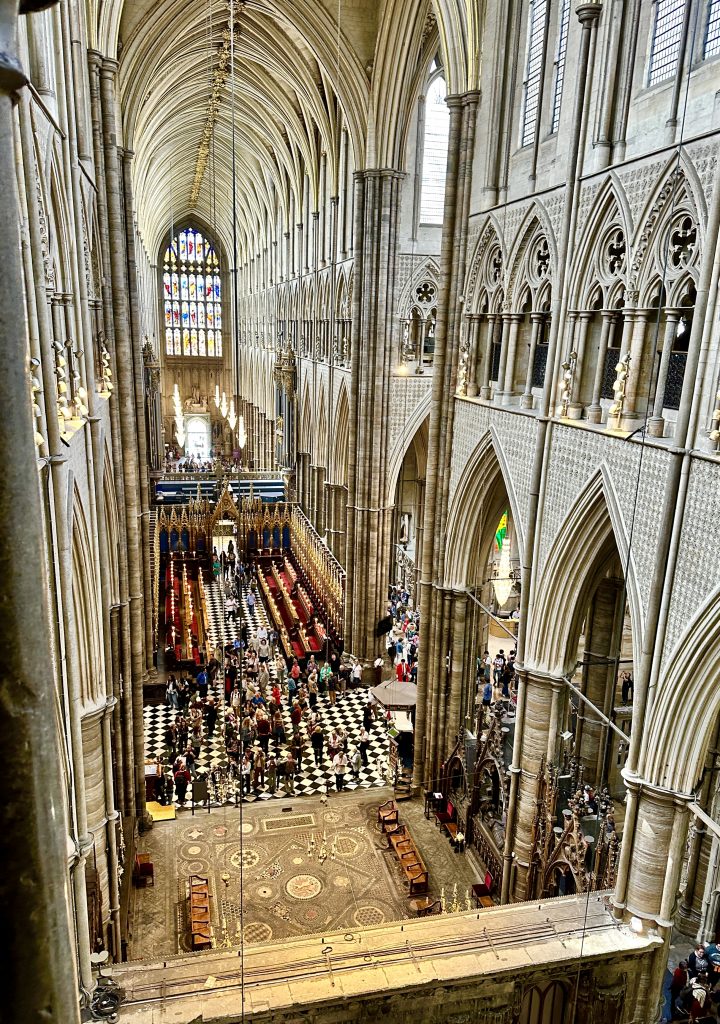
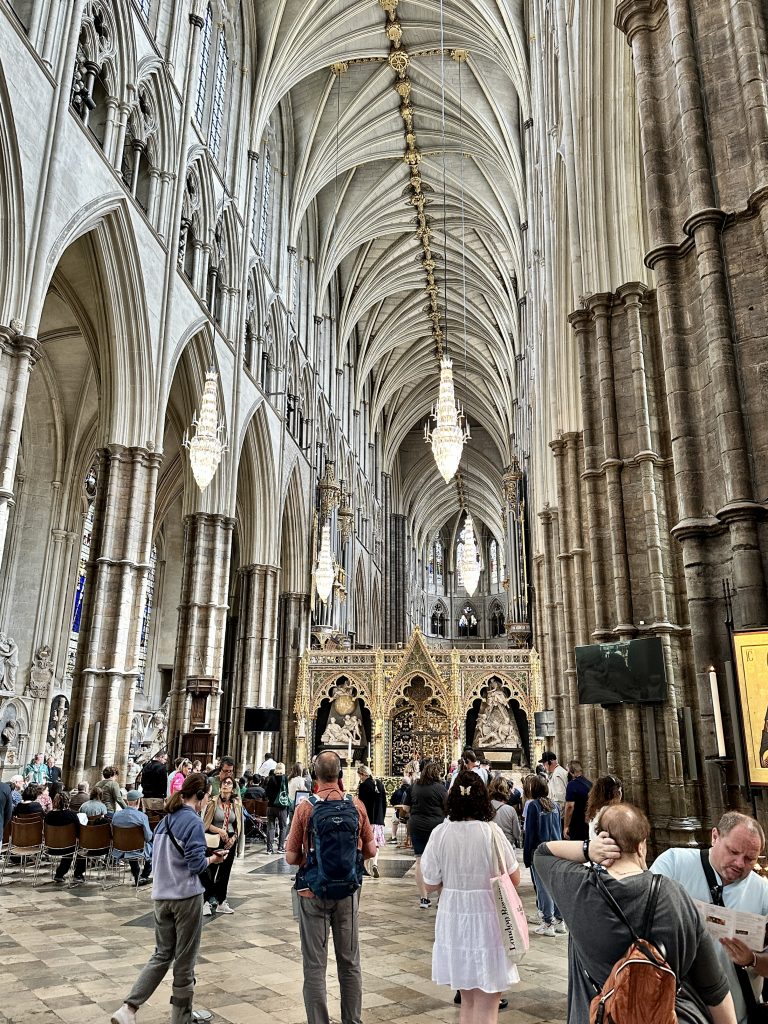
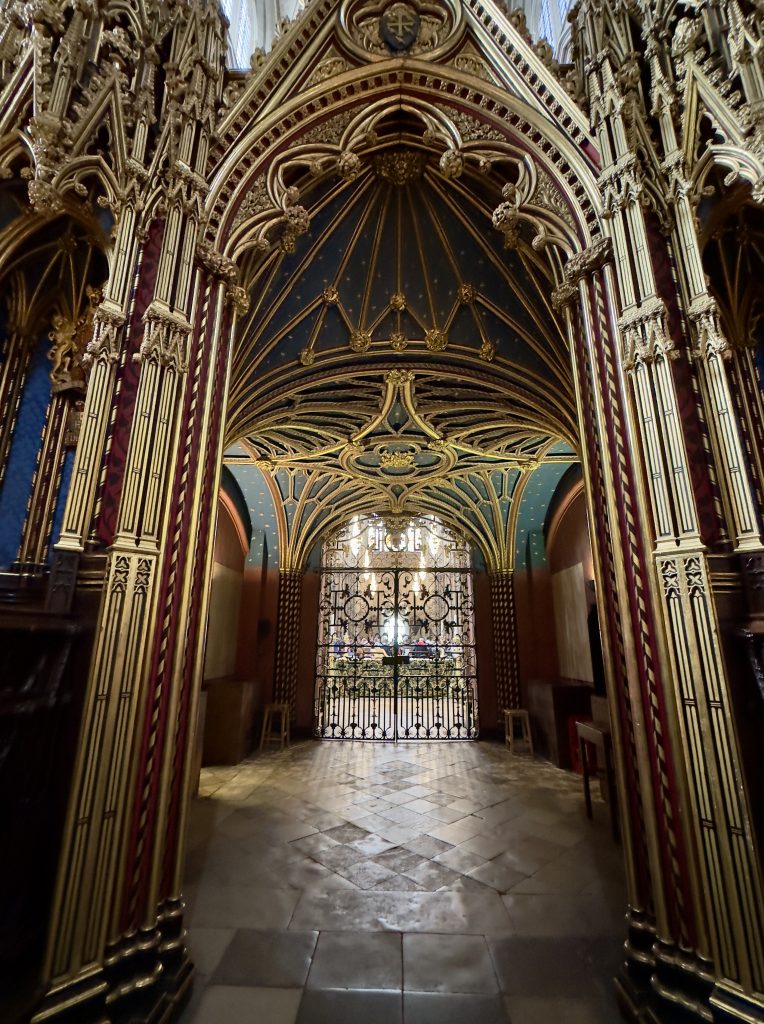
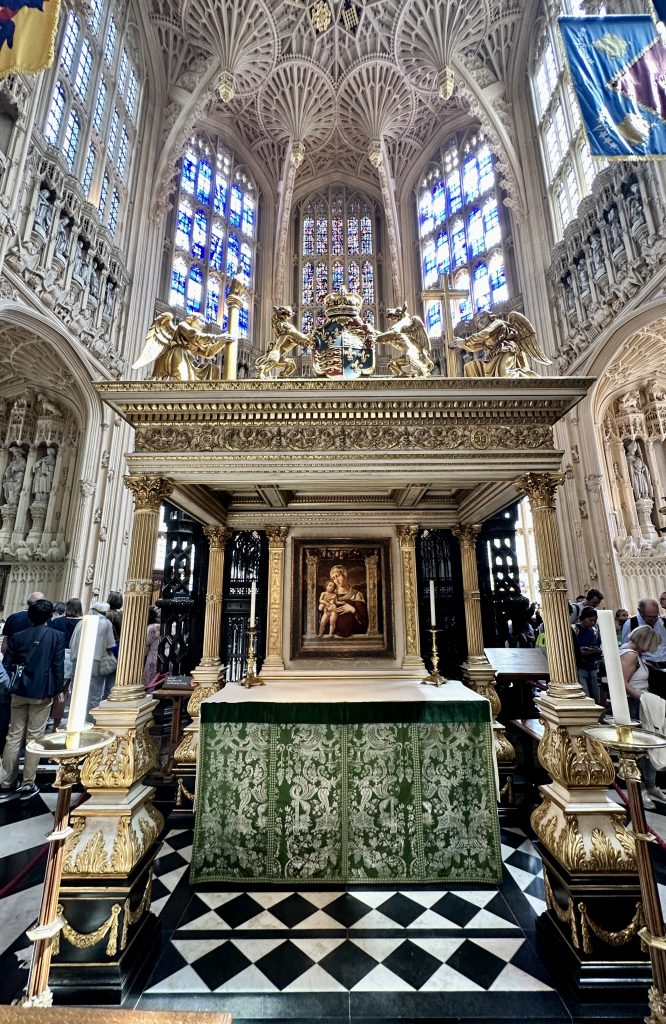
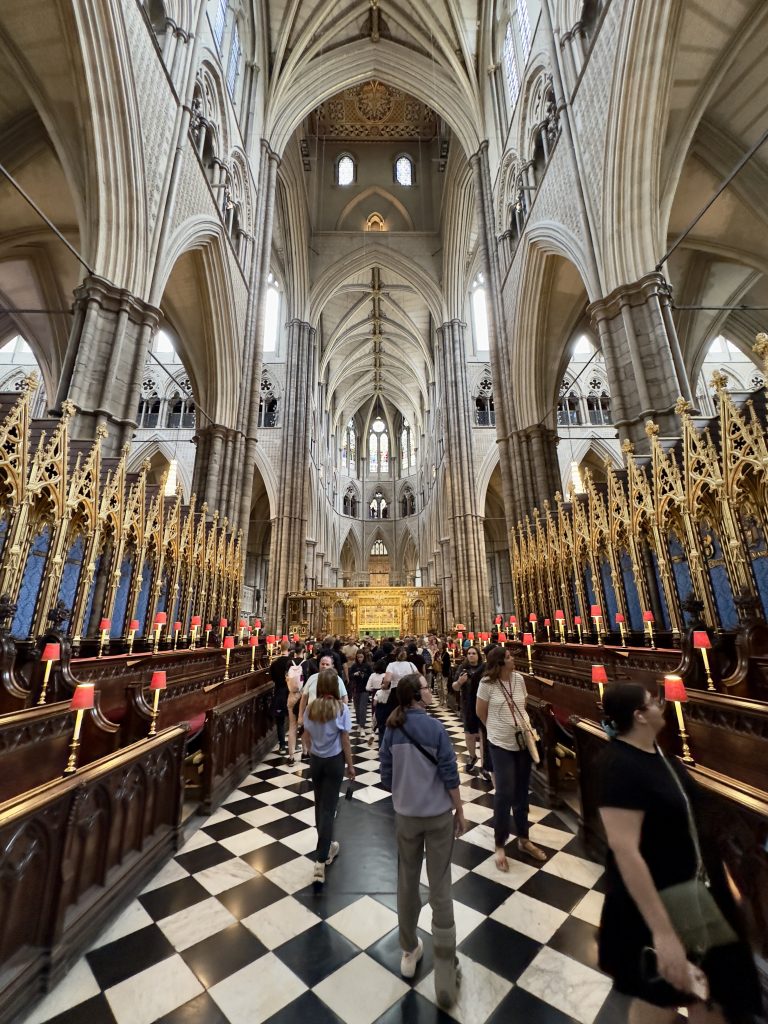
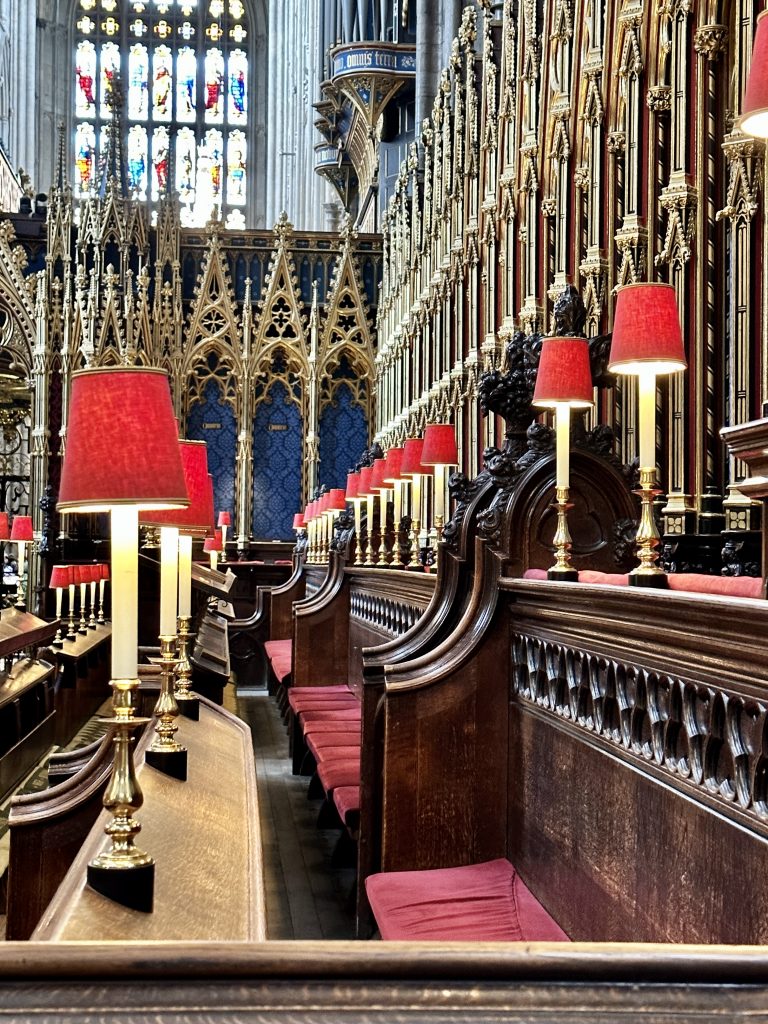
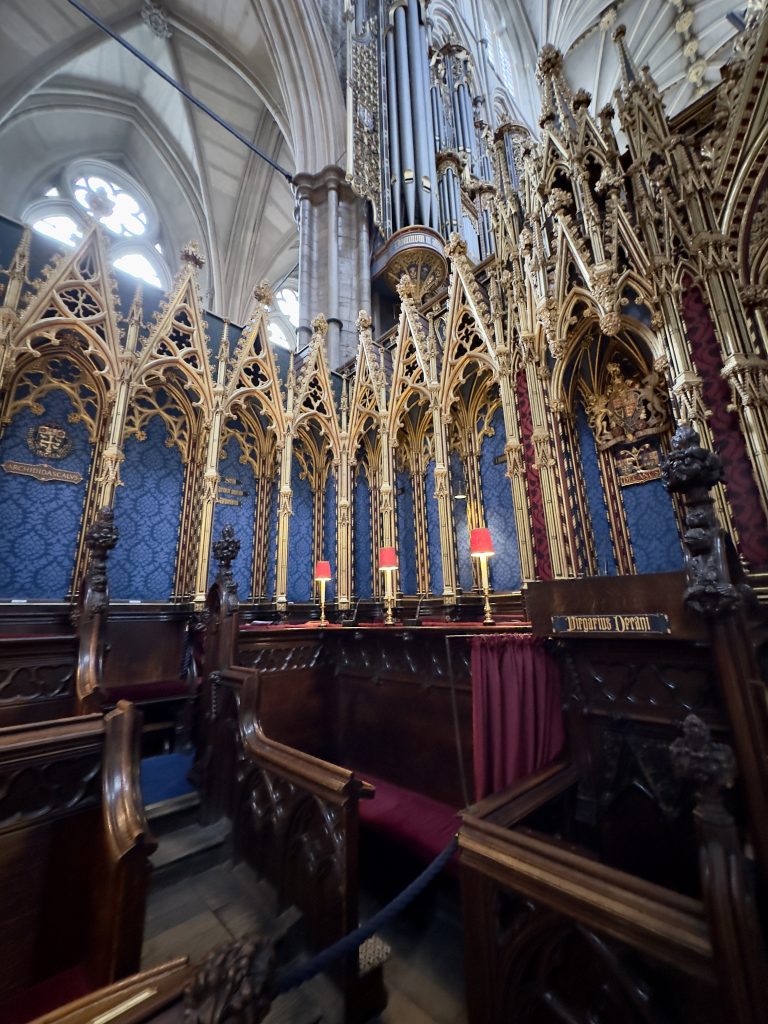
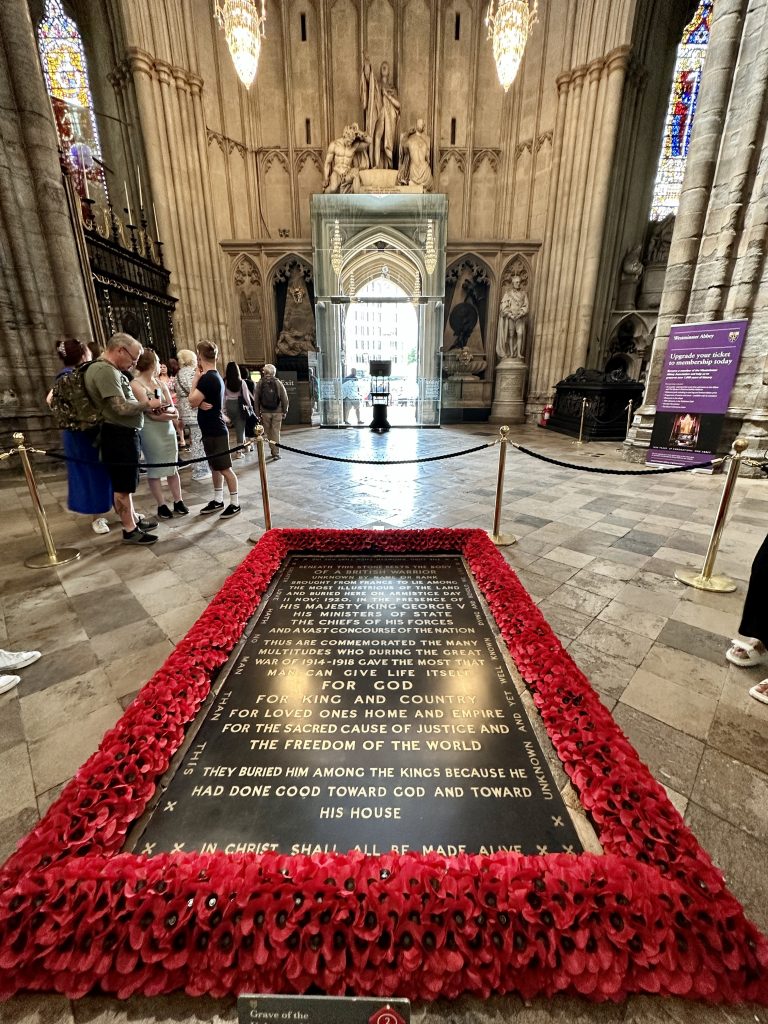
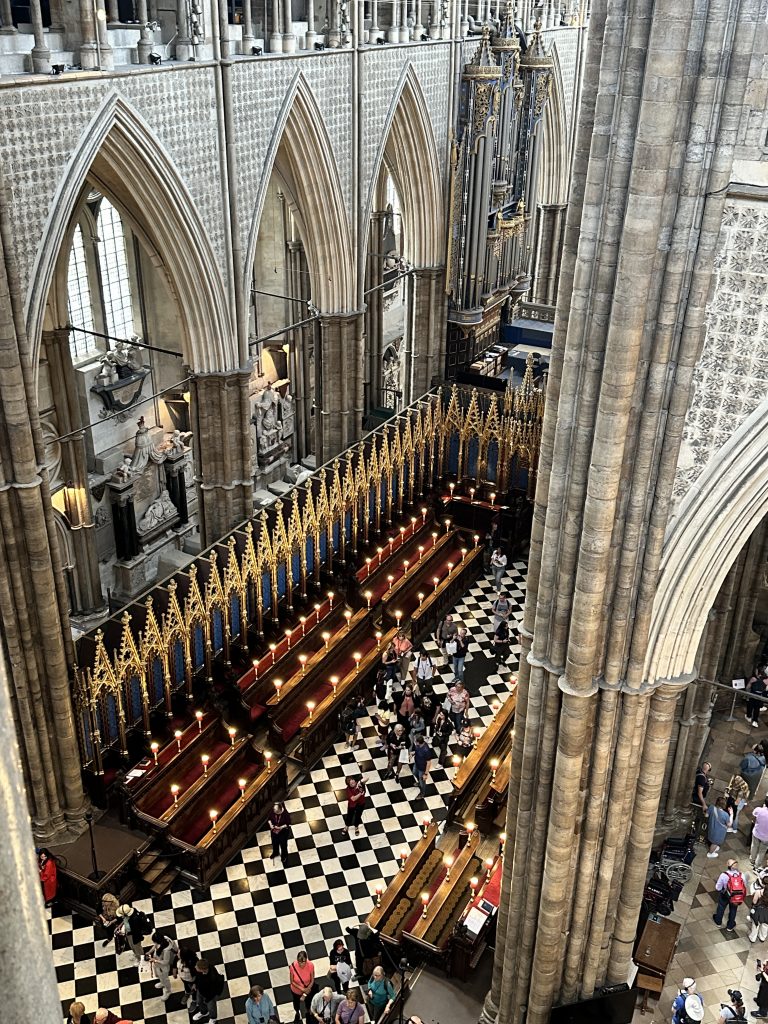
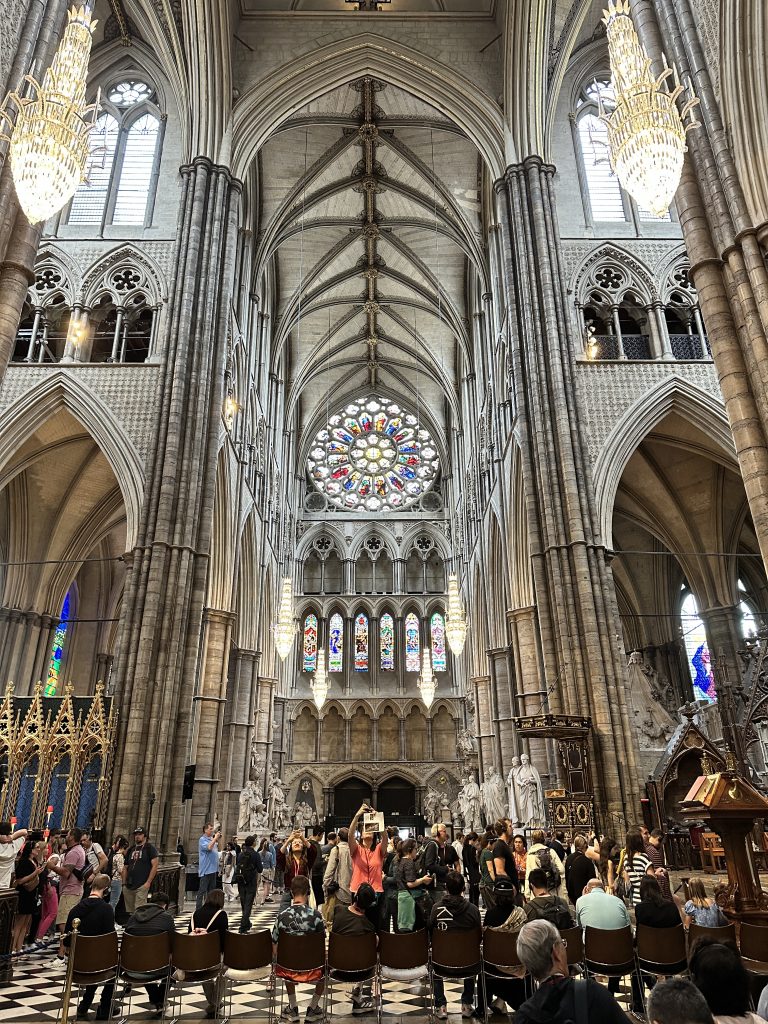
From St Paul’s Cathedral Tate Modern, Tate Britain and Westminster Abbey to the magical experience of ‘The Phantom of the Opera,’ my three-day visit to London was exceptional. It reminded me that travel is not just about visiting places. It’s about absorbing the essence of a city, its art, culture and heritage.
Link to London City Airport VIDEO




